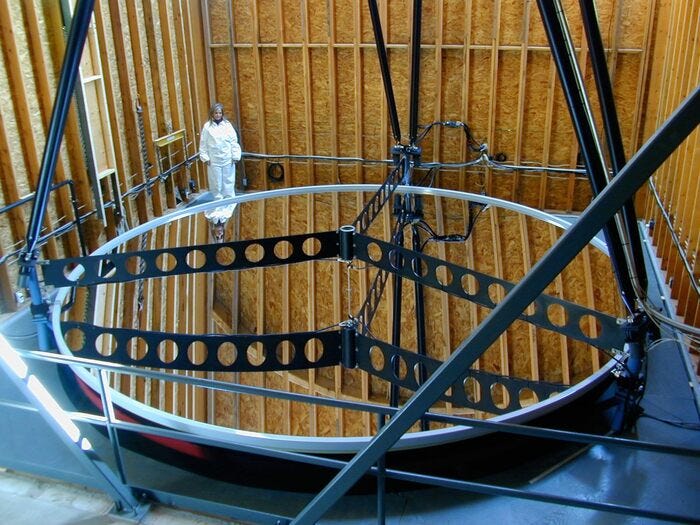The Fluid Future: Where Technology Meets Art
Ferromagnetic fluids are silently bridging the gap between artistic expression and scientific breakthrough.
There's a Swedish guy who makes strange musical devices — Love Hultén. Among his works are many crazy and aesthetic creations. The latter category includes a line of synthesizers where a black blob of ferrofluid splashes in a flask in time with the music. Such an artifact can be put together in your own kitchen, though it's not a task for the faint-hearted.
Enthusiasts use these solutions to visualize sound, but they do much more with them. I know of at least three ferromagnetic clock projects: Ferrolic, Rhei, and Fetch — their creators found ways to control magnetic fields so that the field-sensitive goop smoothly changes shape and forms into numbers (and in the last case, even letters).
Unfortunately, these prototypes never went into mass production. There's something symbolic about them, since the same technology helps us peer into our galaxy's past.
Ferrofluid is being tested as a polishing liquid for ultra-precise processing of lenses and mirrors in optical instruments. Magnetic fields allow fine-tuning of the fluid's properties, such as density and viscosity during component processing, and can polish workpieces of arbitrary shapes. Looking ahead, ferromagnetic fluid could potentially displace traditional astronomical optics, becoming the foundation for a new generation of liquid mirrors.
In 1850, Ernesto Capozzi proposed rotating liquid mercury to focus light. Since then, several telescopes have been built based on a bowl of mercury, and experiments continue. This solution has a drawback (besides toxicity) — any vibrations disturb the mirror surface. However, if a ferromagnetic fluid is used as a support for the reflective mercury film, the surface would be formed not by rotation but by a magnetic field. This opens up possibilities for installing such mirrors on spacecraft and prospects for developing adaptive optics, where the mirror's shape is determined by a magnetic field.
The 6-meter mercury mirror of the Large Zenith Telescope cost about 1 million dollars
It sounds complicated, but only at the development stage; in practice, such mirrors will likely be simpler to produce and more cost-effective than conventional ones. Large mirror telescopes are astronomically expensive — a 6-meter mirror costs approximately 10 million dollars, while the James Webb mirrors cost billions. So ferrofluid is not only beautiful but also promising.



